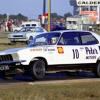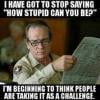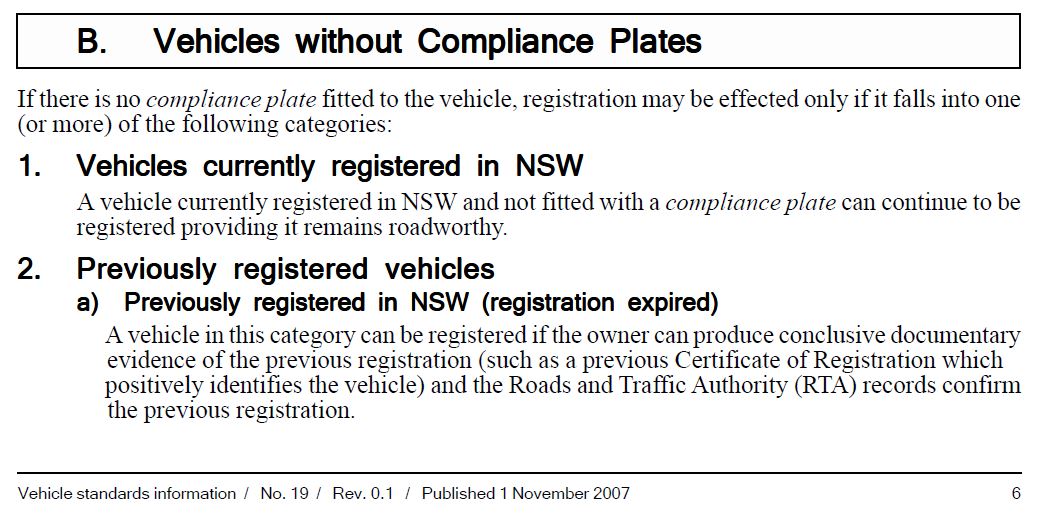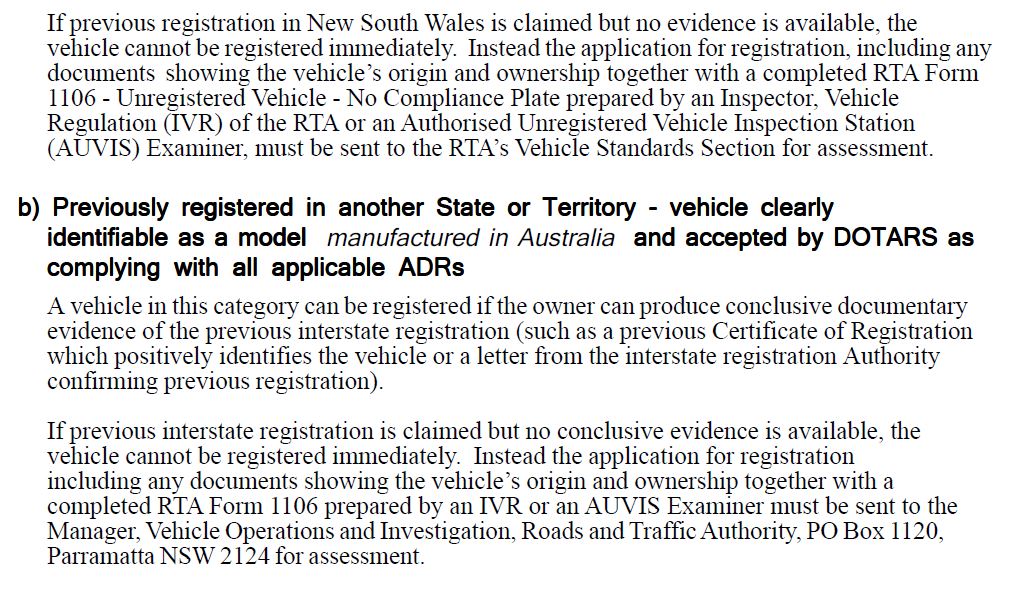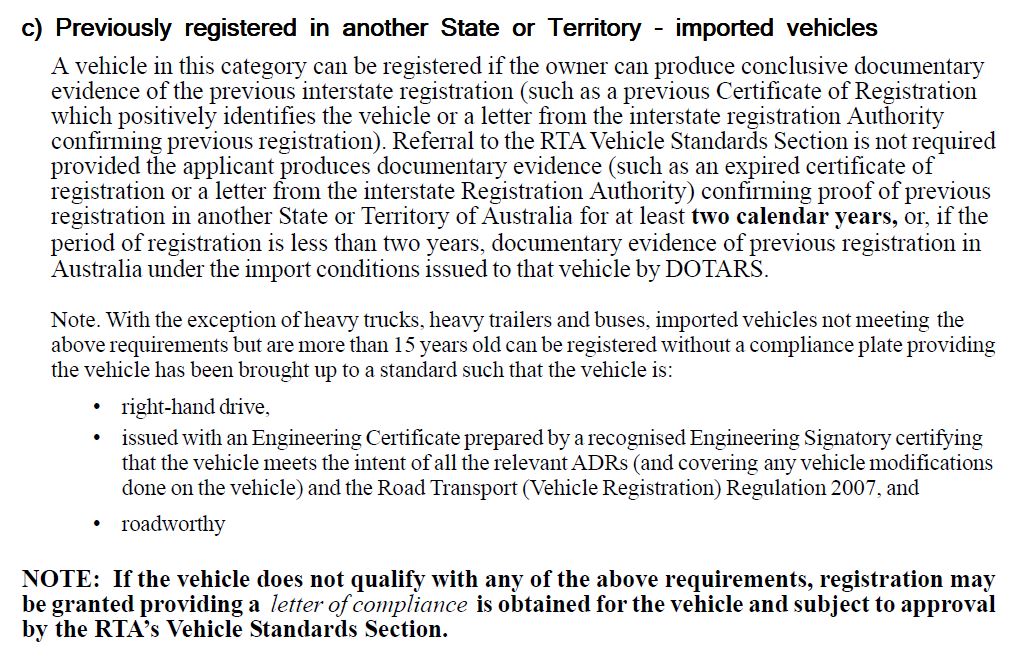Can i assume this is the long lost car in question ? Text & pictures from Australian Muscle Car_Sept 2017
"Today, Greg Hayes’ stunning Palais White Torana sits somewhere between the surviving racing A9Xs and the 405 factory-spec road cars produced. We photographed it on the shores of Canberra’s Lake Burley-Griffin, but perhaps it would have been more appropriate to shoot it outside the nearby National Museum of Australia, or, better still The Treasury!
Former Great Race winner Barry Seton was the undisputed king of the giant-killing Ford Capris when the A9X Torana first lobbed at Bathurst, in 1977. For the second consecutive year Seton and his trusty sidekick Don Smith won class B and finished well inside the top 10. The Seton/Smith Capri finished an incredible sixth outright in the ’77 HardieFerodo 1000, four laps ahead of their closest class competition, led home only by the Moffat team XCs and a trio of the new V8 Torana hatchbacks.
So what tempted him back into the outright ranks for the 1978 season? Was it purely the obvious potential of the new Holden hatches?
“I got the A9X for nothing,” Barry Seton deadpans when AMC called him for this story. “[And] I got $20,000 to run it from the Holden dealer in Liverpool – McGraths.” Helluva deal!
Seton is referring to the A9X (pictured right at McGrath’s launch in ’78) that he raced for two seasons and not our feature car that never hit the track in anger. We’ll get to the spare in a moment.
He says his frontline-fighter was one of the cars walked down the production line at Dandenong.
“They took a lot of the heavy stuff out when they built the bodies. They didn’t put everything in them, so they were a lot lighter. It was walked down the line and they said, ‘leave that off, put this on, leave this off, put that on’.”
Why buy a back-up chassis when he only planned to contest a handful of races in ’78?
“You know how much an A9X rolling chassis cost in those days? $4000!
“I owned that spare [as opposed to McGraths]. There were a lot of them around. They were bloody cheap, so everyone was buying them up.”
Seton says one prominent racer “ruined it for everyone as he was buying every one that they had and selling them on to race teams. He was buying them up because he could make such a good dollar on them. All you had to do was put a motor, gearbox and race seats in them.”
Those specially-built race chassis have become known rather confusingly as ‘GMP&A race shells’ when they were actually nearcomplete rolling chassis minus engine, gearboxes, front seats and other components not needed for racing.
Being equipped with a spare was a luxury by late Seventies standards, especially for a racer concurrently running Capris in sprint races. Also kicking the tin was joint sponsor AMCO jeans.
Barry Seton’s racing A9X hit the track in time for the 1978 endurance season, with he and Smith coming home eighth at Bathurst, albeit 11 laps down having battling through various dramas.
It was a similar story in the ’79 Great Race, when the now Unipart-backed hatchback was the seventh Torana home in the A9X’s top eight sweep of the results. Despite finishing 15 laps down on Peter Brock and Jim Richards, Bo and his race A9X featured prominently in the telecast, largely courtesy of their starring role in Unipart’s
commercials (ED: Search for ‘Barry Seton Bathurst 1979 promo’ on YouTube).
If Seton’s time back in the outright class didn’t net the results he was seeking, at least he finished his A9X era on a high, with third place in the 1979 Australian Championship of Makes round at Surfers. As a bonus he had two straight A9Xs in his Liverpool workshop to sell.
In 1980, with the A9X no longer eligible to compete, the car Seton raced was sold to a teacher in Wagga Wagga and put on the road.
This brings us to the second of the Seton A9X racecars… a chassis that never came under starters orders in the Group C era. In 1980 this spare Seton car was fitted with an engine and gearbox and had an ADR compliance plate issued so it could be registered as a road car. It was fitted with a Group C-spec engine built by Seton employee Hector Benson, with a Group C sump, and quoted as putting out 400bhp. It was backed by an upgraded M21 box rather than the T10, retaining its original transmission tunnel. It was also fitted with a drop-tank similar to the yellow Wayne Negus GMP&A car built to road specs, constructed by welding two bottom halves of a standard fuel tank together, then using an extra pair of straps to extend the original ones.
Once completed as a road car it was sold to a John Howard of Bega, NSW, who lovingly maintained it for almost 20 years. Today the car is owned by Greg Hayes, who is just its third owner, having purchased it over 20 years ago. The unrestored A9X has only ever been used sparingly and still retains its original paintwork.
“I knew of this car when it was in Bega,” Greg explains. “It was known as the ‘fastest car on the South Coast’. I had owned a red hatch that I regretted selling, so I rang up John and asked if I could buy his car. Eventually I did.
“I knew it was one of the rare GMP&A racecars when I bought it and as it turns out it’s probably a better car than the red one that I sold.
“Everyone gets confused and calls it a ‘GMP&A shell’, but they were actually a near-complete racecar, minus engine, gearbox, etc.
“It’s a common misconception that the 33 GMP&A cars were just bodyshells and some people try to tell you it’s not really an A9X. But they were built on the production line; they were issued a full production broadcast sheet and a safety compliance sheet, which I have.
“Bo Seton never pressed it into action as he never significantly dented the main racecar.” What does Greg especially love about this car? “The fact that I’ve had it for well over 20 years and it hasn’t ever been messed with. It hasn’t gone through numerous owners and had various things pulled off it. It hasn’t been manipulated.
“Because it’s one of the rare 33 GMP&A cars, it makes it even more desirable to own. Back when I bought it, none of this crossed my mind. I just knew it was a well-looked-after A9X. Today I love the fact it was a Seton car – a car owned by a Bathurst great, whose attention to detail when it came to preparation and presentation was peerless. He was a metal fabricator by trade and this car reflects his high standards. For instance, the bodywork under the wheel arches is beautifully rolled and you only have to look at the engine bay to see his handiwork.”
Back in 2008 Greg asked AMC for assistance in contacting former GM-H production control supervisor Mike Prowse to help decipher information on the car’s production broadcast sheet (ie: the definitive instructions given to production line workers), safety compliance inspection card and another card which reads: ‘Racing unit special unit 8VD77 spare No.4 att. M Prowse.’
Mike was only too happy to oblige, explaining the ‘spare No.4’ on the documentation.
“During the period of A9X production we built a number of GMP&A cars (full rolling chassis) as spares, to put aside for race teams who would come in and say they wanted to increase their order from one to two cars, or two to three cars or whatever,” Mike explained in AMC #37. “Or theyʼd badly creased a car and needed a replacement straight away. It was an idea I came up with to help the production line keep up with normal A9X production. There was always at least two of those spare cars sitting there ready to go, that were built to the same standard as all other GMP&A cars.
“The words ʻspare No.4ʼ simply meant the Seton car was the fourth spare rolling shell that we built,” he continued. “I canʼt recall how many we built in total, but I used to always try to keep at least two in stock at any one time. At various stages when things were getting fairly hectic, Iʼd try to bump that up to four but never any more than that, because you couldnʼt take the punt on being able to find buyers for them. If Iʼd ended up with two or three spare GMP&A cars that no-one wanted, Col Lewis (plant manager) would have come down on me like a ton of bricks!”
Today, Greg Hayes’ stunning Palais White Torana sits somewhere between the surviving racing A9Xs and the 405 factory-spec road cars produced. We photographed it on the shores of Canberra’s Lake Burley-Griffin, but perhaps it would have been more appropriate to shoot it outside the nearby National Museum of Australia, or, better still The Treasury"
 SETON A9X_3.png 282.57K
13 downloads
SETON A9X_3.png 282.57K
13 downloads
 SETON A9X_1.png 854.36K
23 downloads
SETON A9X_1.png 854.36K
23 downloads
 SETON A9X_4.png 483.41K
9 downloads
SETON A9X_4.png 483.41K
9 downloads
![]()
![]()


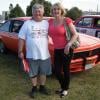


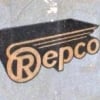
 View Garage
View Garage